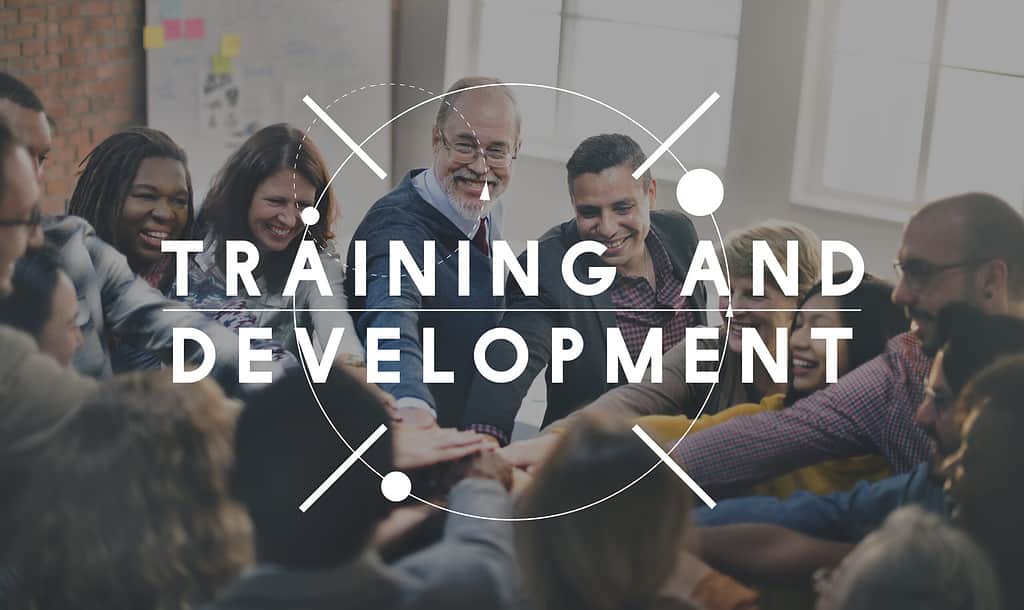Category: Training Materials & Aids

Measuring the Training Options for Lean Six Sigma
Published:The advantages and disadvantages of training methods necessary to implement Lean Six Sigma and related methodologies vary widely, but the choice narrows when measured against the operational and corporate needs of an enterprise. To qualify and be certified to implement these methodologies, candidates and their management should consider the following requirements: Identifying and solving business […]
Read more »
Interaction Key to Conducting High-impact Training
Published:Many Belts are asked to teach others about Six Sigma. To make the best use of the time allotted, Belts must conduct high-impact training. This means leaving a lasting impression and ensuring that the students fully understand what they have learned.
Read more »
Best of Benchmarking Research: Training and Development
Updated:iSixSigma Magazine is celebrating five years as a resource for Lean Six Sigma professionals. During those years, iSixSigma has produced a series of research reports on aspects of deploying Six Sigma. Here we’ve compiled benchmarking data on training.
Read more »
Give Trainees DOE Experience with Simulated Experiments
Published:Design of experiments (DOE) is an important tool for driving improvement, but experimentation can be an expensive endeavor. Through simulations, new Belts can get hands-on training while learning the challenges of DOE before they apply it to costly real-world experiments.
Read more »
The Seven Intelligences: Enhance Six Sigma Training
Published:Howard Gardner suggests that every person has a unique combination of multiple intelligences. Understanding what these intelligences can help practitioners design a variety of ways to better communicate lessons about Six Sigma.
Read more »
Project Support: Making the Most of Knowledge Transfer
Published:Six Sigma training, or any training for that matter, is of no value if it does not result in performance improvement that is quantifiable. And any learning by anyone requires support — the availability of interpersonal resources.
Read more »
Teaching DOE Using Toy Motorcycles
Published:For its Design for Six Sigma training course, one company sought a new, engaging way to teach DOE that was also budget friendly and provided consistent results. Solution: A toy motorcycle.
Read more »
DOE for Services: Right Training Makes It a Valuable Tool
Published:When it comes to mastering design of experiments, there can be a steep learning curve. Through a DOE simulation, trainees can get firsthand experience applying DOE concepts, learning how to set up the experimental design and how to interpret its results.
Read more »
Teaching Six Sigma Awareness/Methodology in Workplace
Published:Teaching Six Sigma awareness and methodologies in the workplace is not that different from teaching any process improvement subject. The most important point is to let the audience members know up front that they do not need a master’s degree in statistical analysis. From there, just “keep it simple” and use common, everyday examples to […]
Read more »
Three Steps That Can Mean Effective Six Sigma Training
Published:One of the keys to successful deployment of Six Sigma are Green Belts and Black Belts who are well-trained and equipped to overcome any hurdles in the execution of projects. While Master Black Belts, Champions and sponsors may decide the overall strategy of an organization’s Six Sigma initiative, it is the Green Belts and Black […]
Read more »